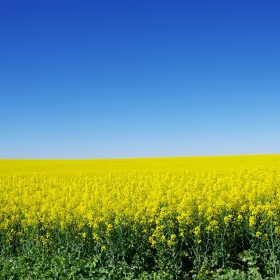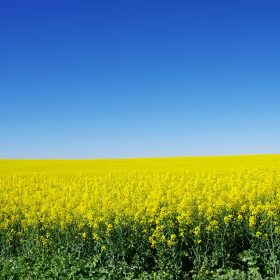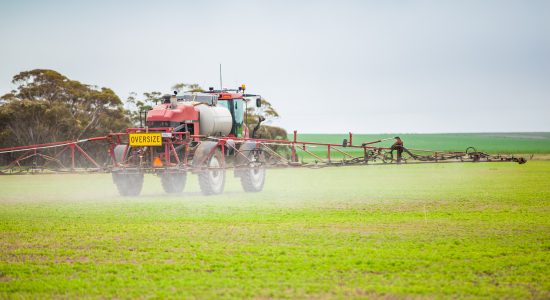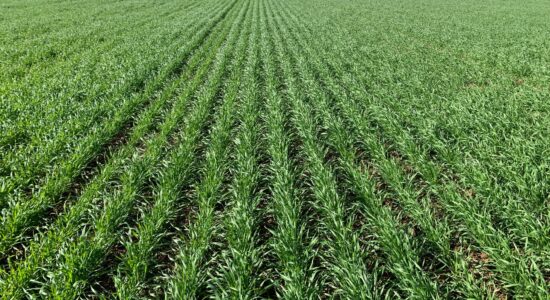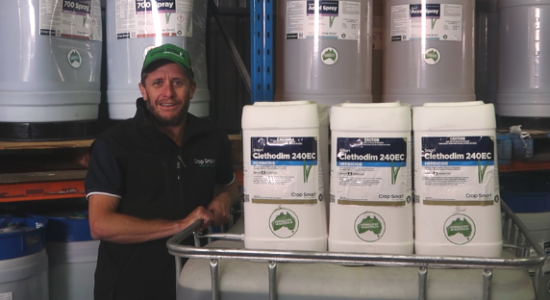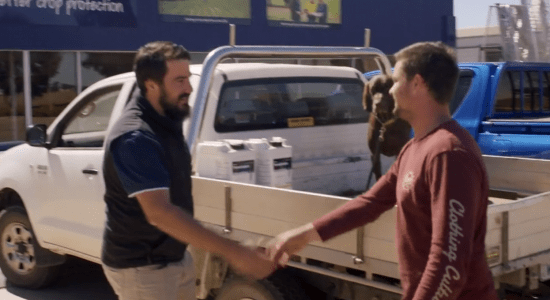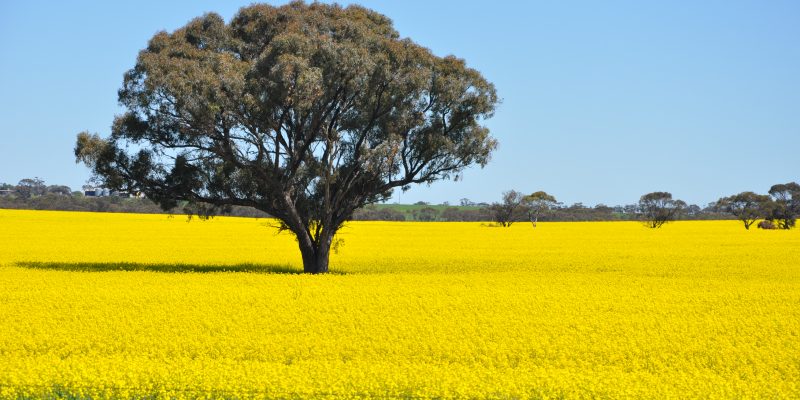
February Agronomy Update 2025
Canola Blackleg Resistance to SDHI fungicides
There is a new challenge facing canola growers. Canola blackleg resistance to SDHI fungicides. This is especially relevant to growers in the Eyre Peninsula SA but serves as a reminder and warning to growers and Agronomists in other canola growing regions.
Resistance to the SDHI fungicides has been identified in the Eyre Peninsula during the 2024 growing season. No field failure has been reported at this stage, but the resistance was detected during a routine monitoring program. Resistance has not been observed outside of the Eyre Peninsula at this point in time.
Link to December 2024 GRDC article
Resistance to the SDHI fungicides has been identified in the Eyre Peninsula during the 2024 growing season. This group of fungicides are expensive, but they are also highly effective. Due to these reasons, industry experts established and provided clear guidelines for their use in 2021 to avoid or delay the onset of resistance to these fungicides. This is a reminder of the advice.
In a GRDC article in 2021 Marcroft Grains Pathology principal Steve Marcroft, who is co-ordinator of the Grains Research and Development Corporation’s (GRDC) National Canola Pathology Program investment, said the EP had the highest canola growing intensity of any region in Australia, which put increased pressure on fungicides.
Again, in the 2021 article. “Where growers and advisers are considering the use of SDHI (Saltro®, ILeVO®) seed dressings, followed with a SDHI fungicide (Miravis®, Aviator® Xpro®) at the four-to-six leaf stage, they should be aware of the high risk of blackleg rapidly becoming resistant to what are currently extremely effective fungicides,” Dr Marcroft said.
Link to 2021 GRDC article on SDHI Fungicide management
SDHI fungicides include (Saltro®, ILeVO®, EverGol® Xtend) as seed dressings. The foliar SDHI fungicides include (Miravis®, Aviator® Xpro®, Revystar®)
AFREN Rules for Group 7 (SDHI) fungicides
- Avoid making more than one application to protect seedlings from crown canker. That is, if a Group 7 seed treatment is used to protect against blackleg on the cotyledon/first true leaves stage of plant development (as per the label claims) do not use a product containing a Group 7 fungicide for the foliar four-to-eight leaf application.
- Do not make more than two applications of Group 7 fungicides in a growing season. This includes foliar sprays and in-furrow or seed treatments that affect foliar diseases. In-furrow and seed treatments count as one application each.
Fast forward to 2025 and we must seriously consider how we plan for and manage blackleg control in canola. Flutriafol in furrow will become even more important than previous years. Fortunately, there has been no resistance detected in the Group 3 fungicide Prosaro® (Prothioconazole and Tebuconazole). Whether you grow canola in the EP or grow canola in other regions of Australia, we can all learn from this experience. Resistance is real and seeking good advice is critical. Private Agronomy Consultants surveyed by Ag Insights Consulting adhered to the initial warning and implemented the Best Management Practices for Fungicide Resistance Management.

